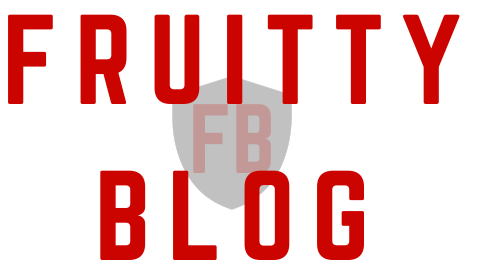As Google Photos moves away from its free unlimited storage model, the company is starting to push users towards higher-paying third parties through misleading marketing. In a recent email to subscribers, Google is going back on original promises and states that "high quality" may not actually be of high quality.
According to Forbes, Google sent an email outlining the new premium editing features available to Google One subscribers (which it also outlines here) but included a section that seems to encourage users to use more of their storage capacity by switching from "High Quality" uploads to "Original Quality."
In Google's original 2015 messaging, Google Photos promised that high-quality uploads would be almost visually indistinguishable from original quality, but that messaging seems to be shifting. The company shared a photo that shows monumentally different levels of quality between the two settings and seems to encourage users to pay more for higher storage limits in order to avoid degradation.
What was once claimed to be one of the advantages of Google's uploading system is now being marketed as a much worse choice.
The image above is clearly extremely misleading and intended to scare the inexperienced into believing that an upgrade to one of Google One's paid plans to support file sizes of original-quality photos and videos is necessary to prevent dramatic loss of image quality.
The facts behind Google Photos state that images are limited to 16 megapixels of photo quality and Full HD 1080p video resolution and are free to be stored until June of this year. Original Quality uploads are exactly what they sound like: the original quality of the image or video clip these larger files will have a lot more storage capacity. Full-resolution photos (and in particular 4K-quality videos) would quickly use up 15GB of included free storage in Google One and require jumping into one of the subscription options.
With this latest marketing move, Google is putting even more pressure on users to pay for their services. Last year, Google announced that the company's unlimited plan would no longer support images uploaded in High-Quality. Uploading full-resolution images had always been counted against Google's personal storage, but any images uploaded and compressed by Google could be stored without limitation. Images uploaded in high quality before June 1 of this year will still not be subject to new limits, but the marketing at play in this recent move is clearly designed to scare users not only to jump faster on paid services, but to take up more of that storage space more quickly.
Free storage is hard to come by these days, and now Google is competing with a number of other excellent storage solutions available at the paid level. While the actual service itself is likely to compete well, misleading marketing is likely to mislead some users and send them to look for alternatives.







0 Comments